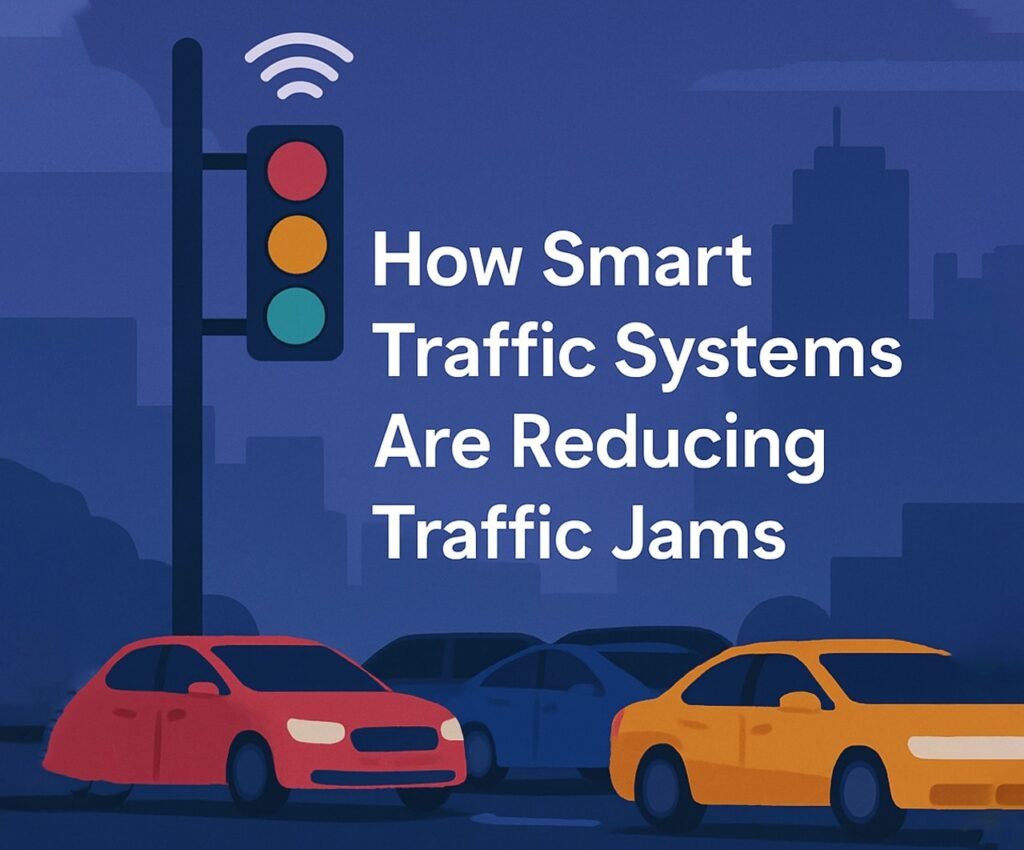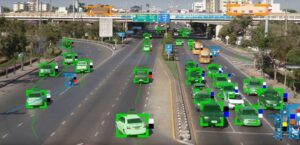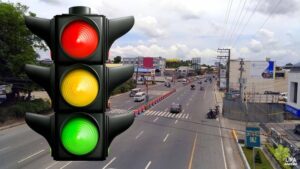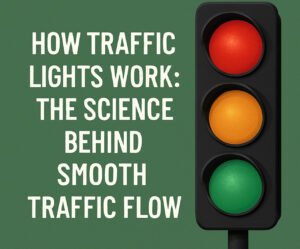As urban populations grow and vehicles flood city streets, traffic congestion has become more than just a nuisance—it’s a major urban crisis. Fortunately, cities are now turning to advanced technology to tackle this challenge. The integration of smart traffic management systems, smart traffic lights, and smart traffic signals is transforming how urban traffic flows. These innovations are not only cutting down commute times but also reducing emissions, improving road safety, and making cities more efficient. Know more..
What Are Smart Traffic Systems?
A smart traffic management system uses real-time data, sensors, artificial intelligence, and communication technologies to monitor, predict, and control the flow of traffic. Unlike traditional traffic control, which relies on fixed schedules and human oversight, smart systems adapt to current conditions. They react instantly to congestion, accidents, or unexpected surges in traffic. This responsiveness helps reduce bottlenecks and keeps vehicles moving.
These systems are essentially the nervous system of a city, constantly absorbing data from multiple sources and using it to make real-time decisions. This includes adjusting smart traffic signals based on demand, rerouting vehicles in the case of accidents, and prioritizing emergency or public transport vehicles.
The Role of Smart Traffic Lights
Smart traffic lights play a critical role in modern traffic systems. Equipped with sensors and cameras, they detect vehicle volume, pedestrian movement, and even weather conditions. Instead of switching at preset intervals, these lights adjust their timing dynamically. For example, if one direction has heavy traffic and the cross street is empty, the green light stays on longer for the busy lane. This reduces idling time, fuel consumption, and overall frustration.
Cities like Los Angeles, Singapore, and Amsterdam have already adopted smart traffic lights to great effect. In Los Angeles, adaptive traffic lights have led to a 16% reduction in travel time. In Singapore, they’ve helped cut down on road congestion during peak hours.
Smart traffic lights can also be integrated with pedestrian and cyclist detection systems. This helps create a safer urban environment by ensuring vulnerable road users are accounted for in real-time decisions. For example, in London, smart signals automatically extend the green phase for slower-moving pedestrians at busy intersections.
Smart Traffic Signals: The Brains Behind the System
While the terms are often used interchangeably, smart traffic signals refer specifically to the connected infrastructure that enables traffic lights to communicate with each other and with central control systems. This communication creates a network of coordinated intersections. If there’s an accident on one route, the system can redirect traffic using alternate paths, adjusting smart traffic lights accordingly to optimize flow.
These smart traffic signals rely on big data analytics. They pull from GPS data, road sensors, CCTV feeds, and even social media updates. With AI-powered algorithms, they analyze patterns and predict congestion before it happens. Then they adjust signal timing or suggest route changes in real time.
Furthermore, smart traffic signals can prioritize emergency response. Ambulances and fire trucks equipped with transponders can communicate with upcoming intersections, turning red lights green and clearing a path ahead. This capability reduces emergency response times and potentially saves lives.
Reducing Traffic Jams in Real Life
One of the biggest advantages of a smart traffic management system is its ability to prevent traffic jams before they form. For instance, in Pittsburgh, a pilot project using AI-driven smart traffic signals reduced vehicle wait times by more than 40% and travel times by 25%. This not only speeds up trips but also cuts carbon emissions significantly.
In India, where traffic congestion is a daily battle, cities like Pune and Bangalore are implementing smart traffic management systems to gain control over chaotic intersections. By integrating automatic number plate recognition, surveillance cameras, and AI, these systems can identify rule violators, control signal timing, and even prioritize emergency vehicles.
In Barcelona, the use of smart traffic lights in combination with data from mobile devices and public transportation networks has led to noticeable improvements in mobility. By analyzing movement patterns across the city, the system adjusts light cycles in real time, improving flow on major thoroughfares.
Environmental and Economic Benefits
Beyond just reducing congestion, smart traffic management systems contribute to broader environmental and economic goals. Less time spent idling at traffic signals means lower fuel consumption and fewer greenhouse gas emissions. According to the Texas A&M Transportation Institute, the average American commuter wastes about 54 hours a year stuck in traffic. Cutting that even by half would save billions in fuel costs and lost productivity.
Additionally, improved traffic flow reduces wear and tear on vehicles, lowering maintenance costs for drivers and freight companies. Cities also benefit from less road damage and a decreased need for traffic enforcement personnel.
On the environmental side, air quality in urban areas improves with less vehicle idling. Cities that have implemented smart traffic management systems have reported measurable reductions in pollutants like NO2 and PM2.5. This leads to better public health outcomes, including fewer respiratory illnesses.
Challenges to Adoption
Despite the clear benefits, rolling out smart traffic signals and smart traffic lights isn’t without challenges. Infrastructure upgrades are costly. Many cities have outdated wiring, signal controllers, and road designs that can’t support high-tech systems without significant overhaul.
There’s also the issue of data privacy. Smart traffic management systems collect vast amounts of data from drivers, pedestrians, and public transport. Ensuring this data is protected and used ethically is essential to maintaining public trust.
Lastly, interoperability is a concern. Different vendors and systems must work together seamlessly, especially in large metropolitan areas with overlapping jurisdictions. Creating a standardized communication protocol for smart traffic signals is still a work in progress.
Another hurdle is public resistance to change. Implementing smart traffic lights and management systems may require temporary disruptions during installation or adjustments to driving habits. Public education and transparency about the benefits can help ease these transitions.
The Future of Urban Mobility
Looking forward, smart traffic management systems will be at the heart of the smart city revolution. As autonomous vehicles become more common, they will rely heavily on smart traffic signals to navigate safely. Real-time data sharing between cars and infrastructure will reduce the need for human decision-making, making roads safer and more efficient.
Moreover, the integration of public transportation into these systems will help create seamless mobility experiences. For instance, buses equipped with transmitters can communicate with smart traffic lights to get signal priority during peak hours, reducing delays and encouraging more people to use public transit.
As 5G connectivity spreads, the real-time responsiveness of smart traffic management systems will become even sharper. Higher bandwidth and lower latency mean quicker decision-making and more nuanced traffic control.
We may also see increased use of machine learning to predict future congestion based on weather forecasts, event schedules, and even construction plans. The system could recommend changes to public transportation routes or adjust pricing on toll roads to manage demand proactively.
Final Thoughts
Traffic congestion might not disappear overnight, but the rise of smart traffic management systems, smart traffic lights, and smart traffic signals is clearly steering us in the right direction. These technologies offer a smarter, greener, and more efficient path forward. By embracing these innovations, cities around the world are not just fighting traffic—they’re redesigning the entire experience of urban mobility.
So next time you’re stuck at a red light, remember: the solution may already be just around the corner, coded in the blinking rhythm of a smart traffic signal—ready to adapt, respond, and keep the city moving.





